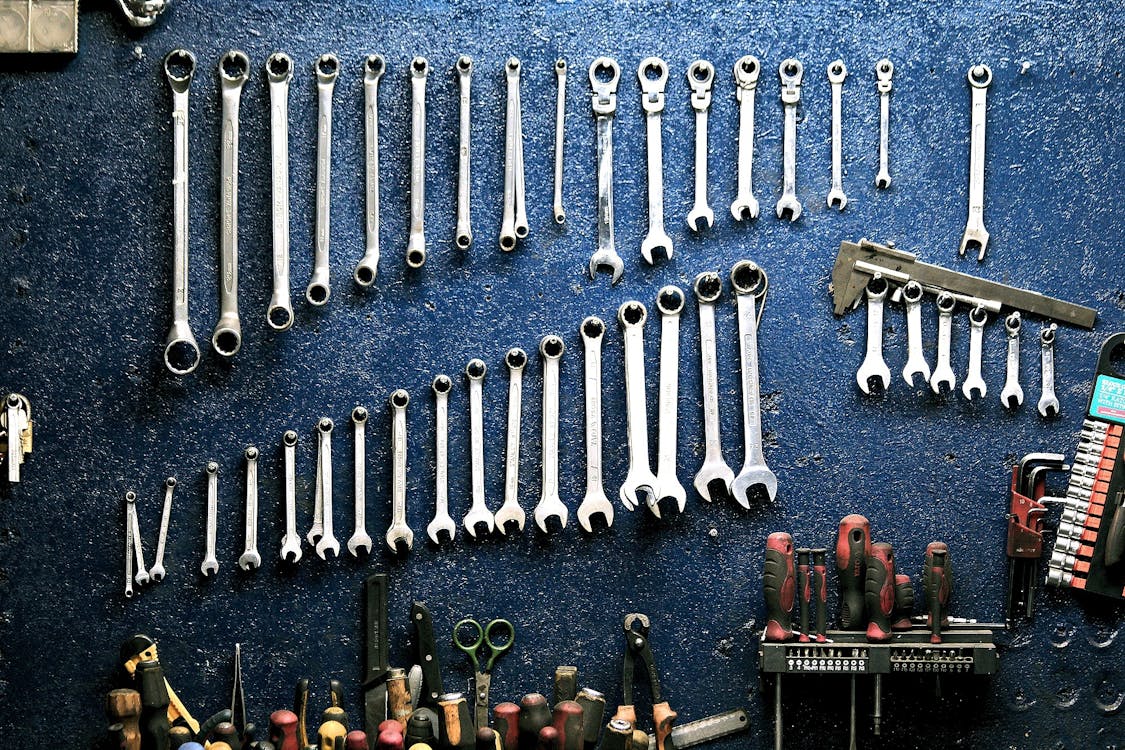With so many costs on the rise, it’s natural to look for DIY solutions when it comes to keeping your vehicle on the road. Why risk a big labour bill if you just need to replace a broken part? Well, depending on your problem, that approach might be like opening a can of worms.
A broken cylinder head bolt can be a real headache. One wrong move, and you’re looking at damaged threads, a compromised block, or worse—an expensive repair bill. But if you know what you’re doing, it’s possible to remove the bolt without wrecking anything.
Cylinder Heads & Bolts: Why They Matter
Cylinder head bolts do more than just hold things together. They create a tight seal between the cylinder head and the engine block, ensuring proper compression and preventing leaks. These bolts endure extreme heat, pressure, and repeated expansion and contraction. Over time, that stress can cause them to weaken, seize, or snap when you try to remove them.
Signs of a Broken Head Bolt
Before you even think about removing the bolt, you need to confirm it’s actually broken. Here’s what to watch for:
- Coolant or oil leaks around the cylinder head
- Compression loss leading to misfires or poor engine performance
- Visible bolt damage – a missing bolt head or uneven clamping pressure
- Strange noises – knocking, hissing, or excessive ticking from the engine
How to Remove a Broken Cylinder Head Bolt Without Damage
This is not a job you want to rush. Putting time pressure on yourself only increases the chance of damaging the threads. Take your time (you don’t want to make the whole situation even worse!), follow these steps for the best results.
Step 1: Prep the Area
Start by soaking the bolt threads in penetrating oil. Let it sit for at least a few hours—overnight is even better. This helps loosen corrosion and makes extraction easier. While you wait, clean around the bolt hole to remove dirt and debris.
Step 2: Try the Easiest Option First
If part of the bolt is still exposed, try gripping it with locking pliers or a bolt extractor. Slowly turn it counterclockwise. If it moves, great! If not, don’t force it—move on to the next step.
Step 3: Drill a Pilot Hole
For stubborn or fully broken bolts, you’ll need to drill. Use a center punch to mark the exact center of the broken bolt. Then, with a small drill bit, create a pilot hole straight down the center. Take your time—if you drill off-center, you risk damaging the threads.
Step 4: Use a Bolt Extractor
Insert a screw extractor into the pilot hole. Apply steady, even pressure as you turn it counterclockwise. If the bolt starts to move, continue slowly until it’s fully out.
Step 5: Drill It Out (If Necessary)
Sometimes, extractors don’t work. If that’s the case, you’ll need to drill out the bolt completely. Use progressively larger drill bits until you reach the bolt’s edges. Once it’s gone, clean the hole and re-tap the threads if needed.
Step 6: Inspect & Repair Threads
With the bolt removed, check the threads inside the hole. If they’re intact, you’re good to go. If they’re damaged, you may need a thread repair kit or a helicoil insert to restore them.
Trust BehindThe8 for All Your Heavy-Duty Diesel Engine Components
Removing a broken cylinder head bolt is tricky, but with patience and the right approach, it can be done without damage. If you need cylinder head bolts, a replacement cylinder head, or expert advice, BehindThe8 has you covered.We specialize in high-quality diesel engine components, so whether you’re dealing with a simple repair or a major overhaul, you’re in good hands. Contact us today for top-tier parts.



Comments are closed